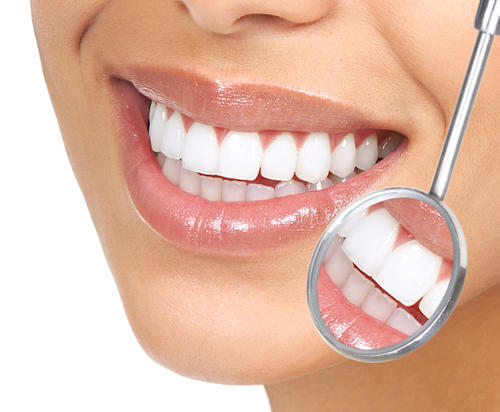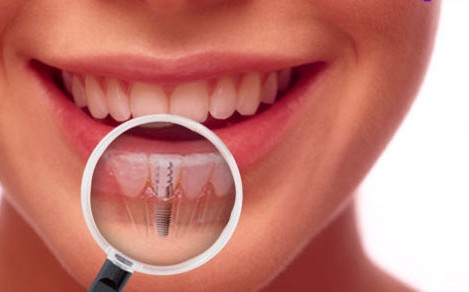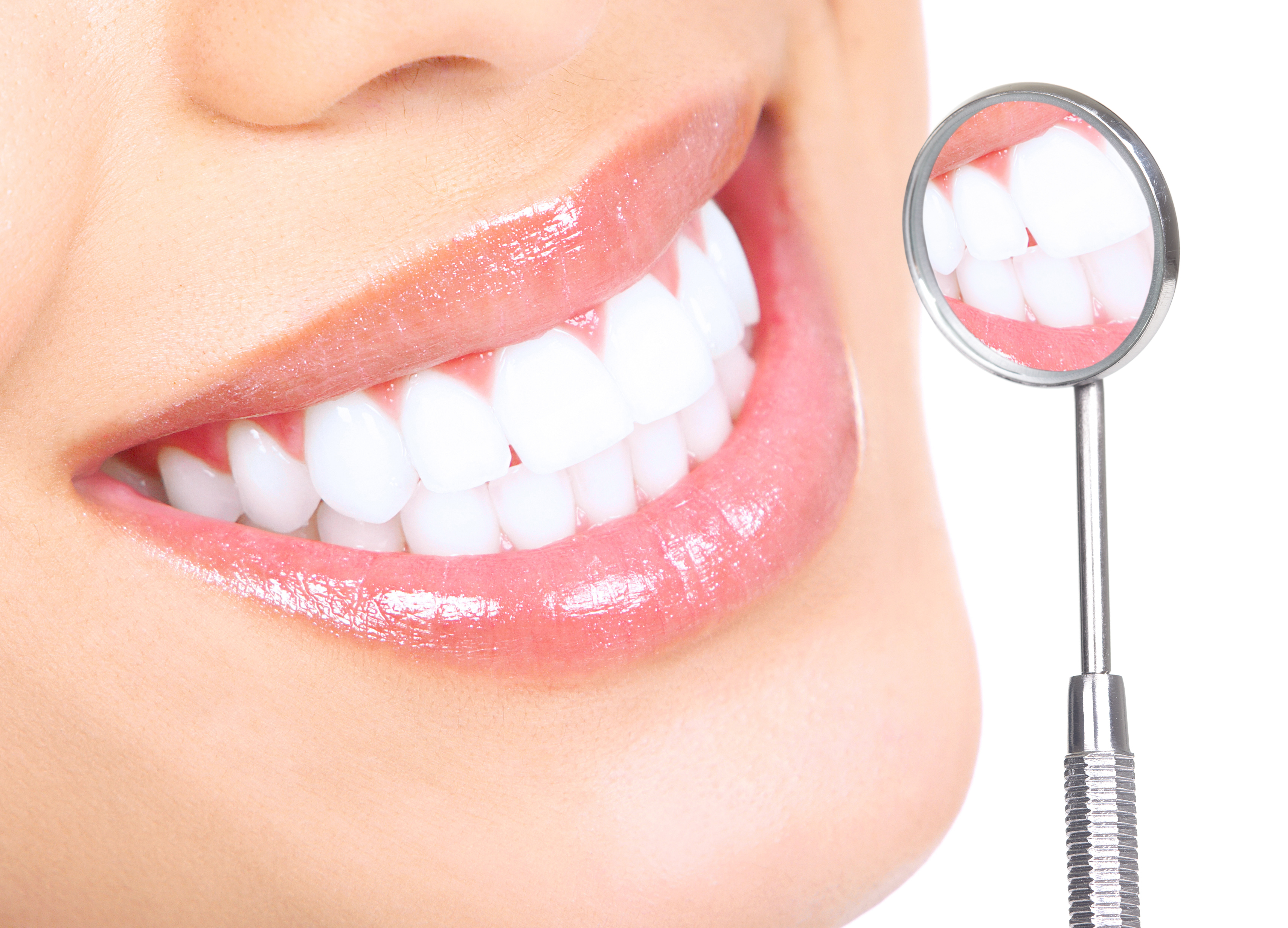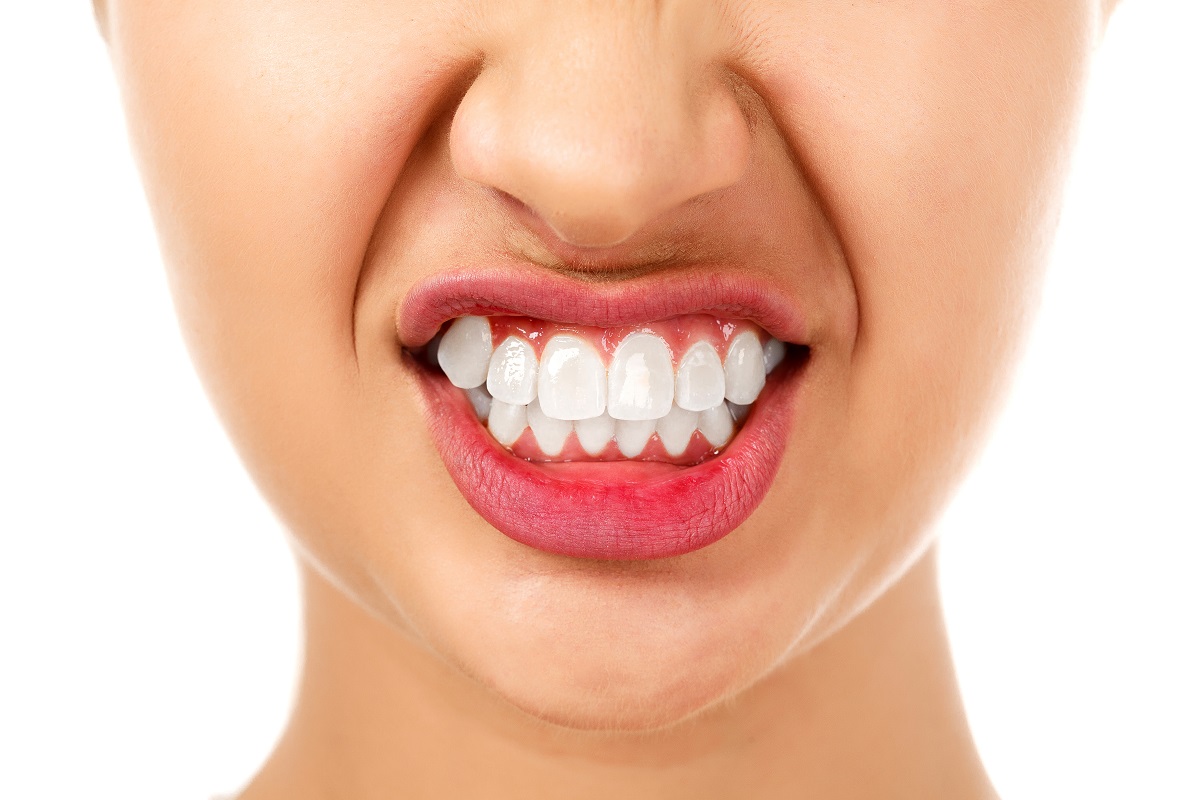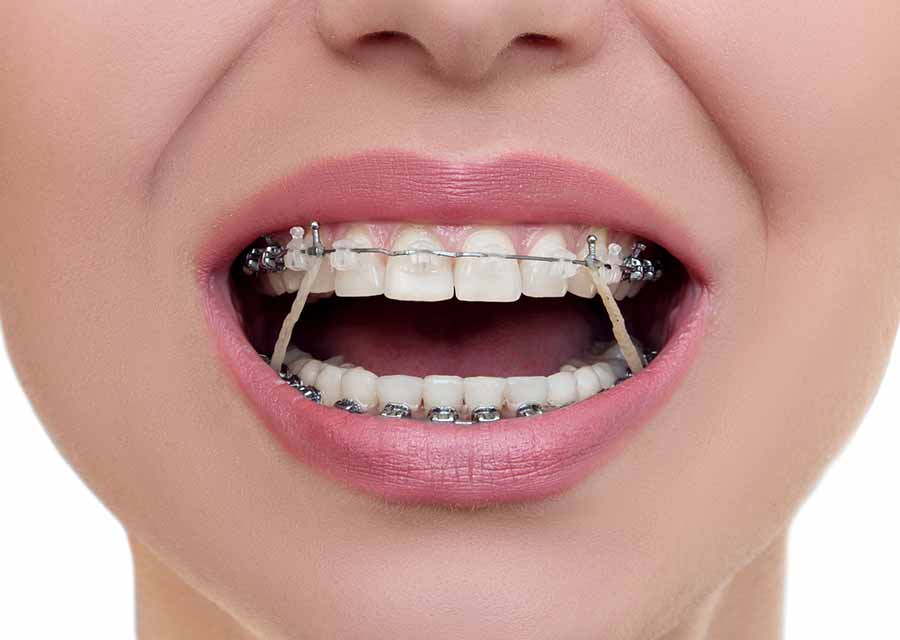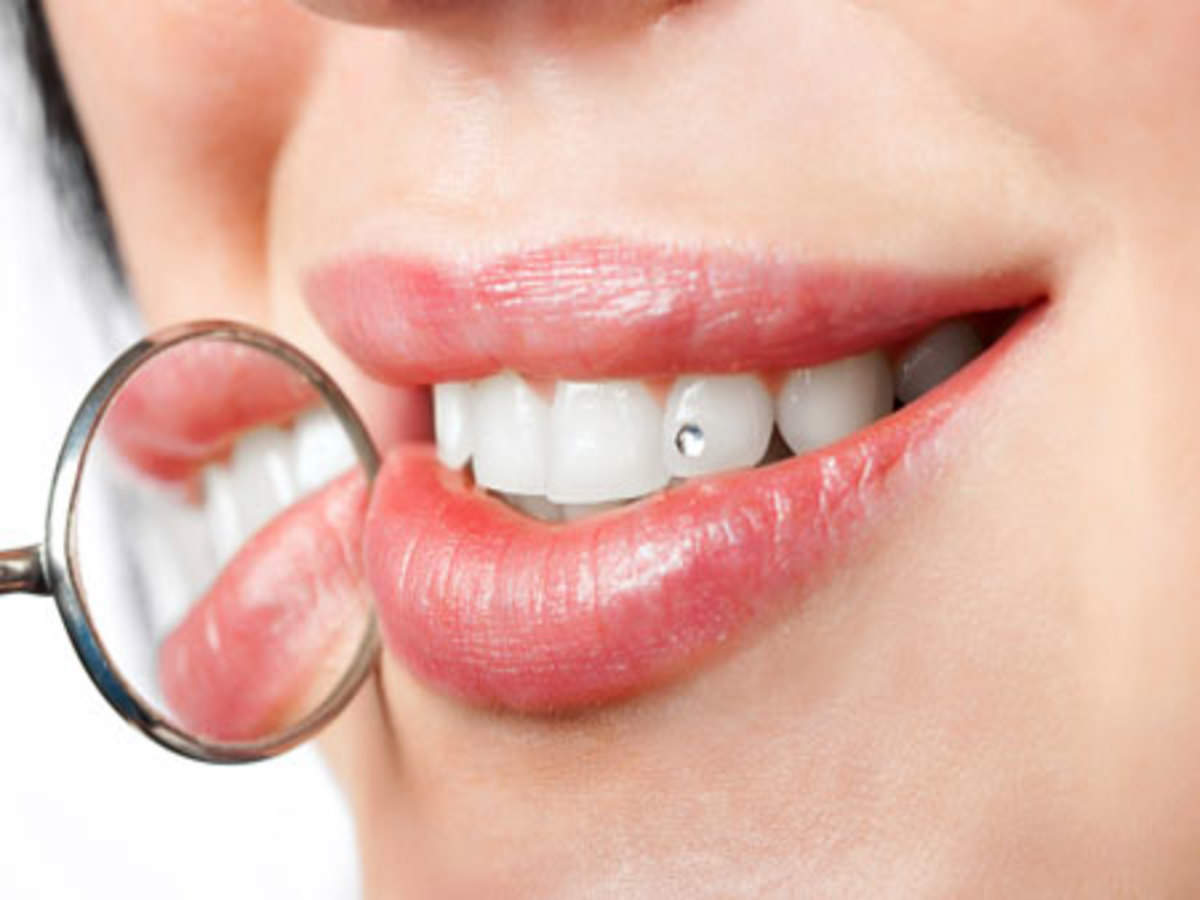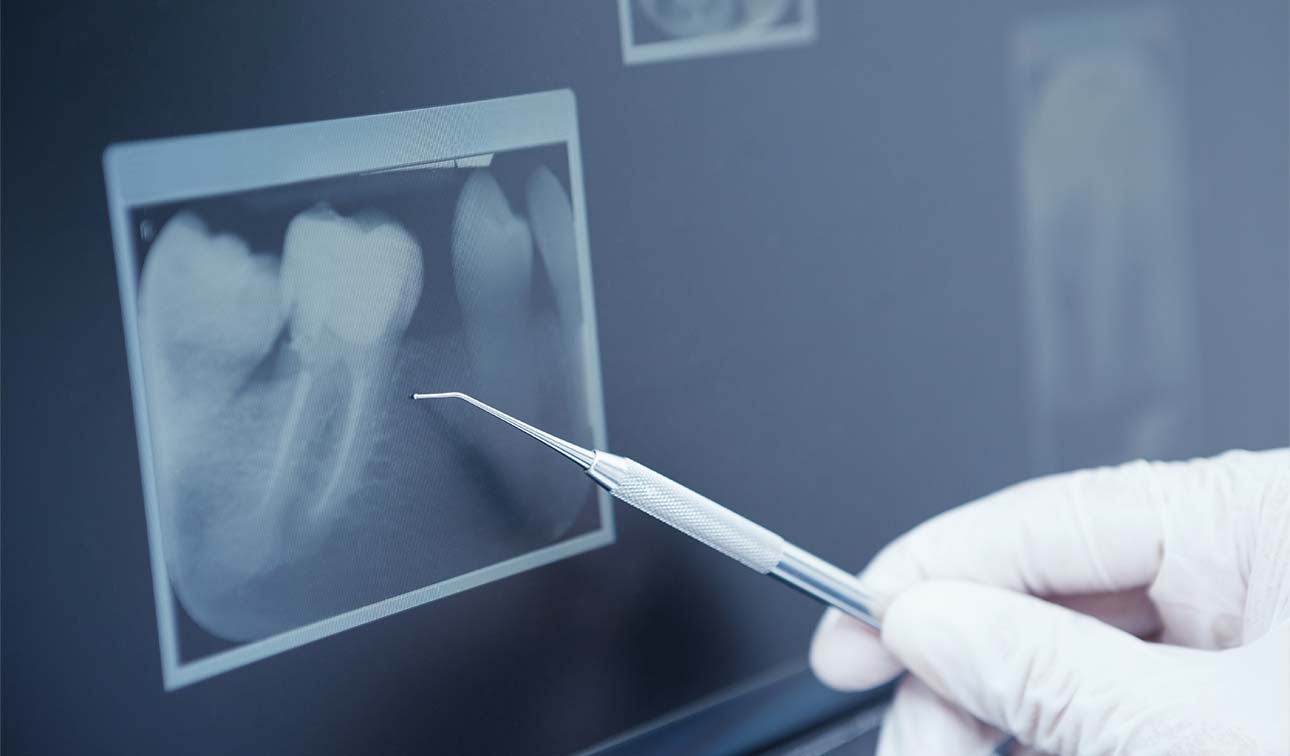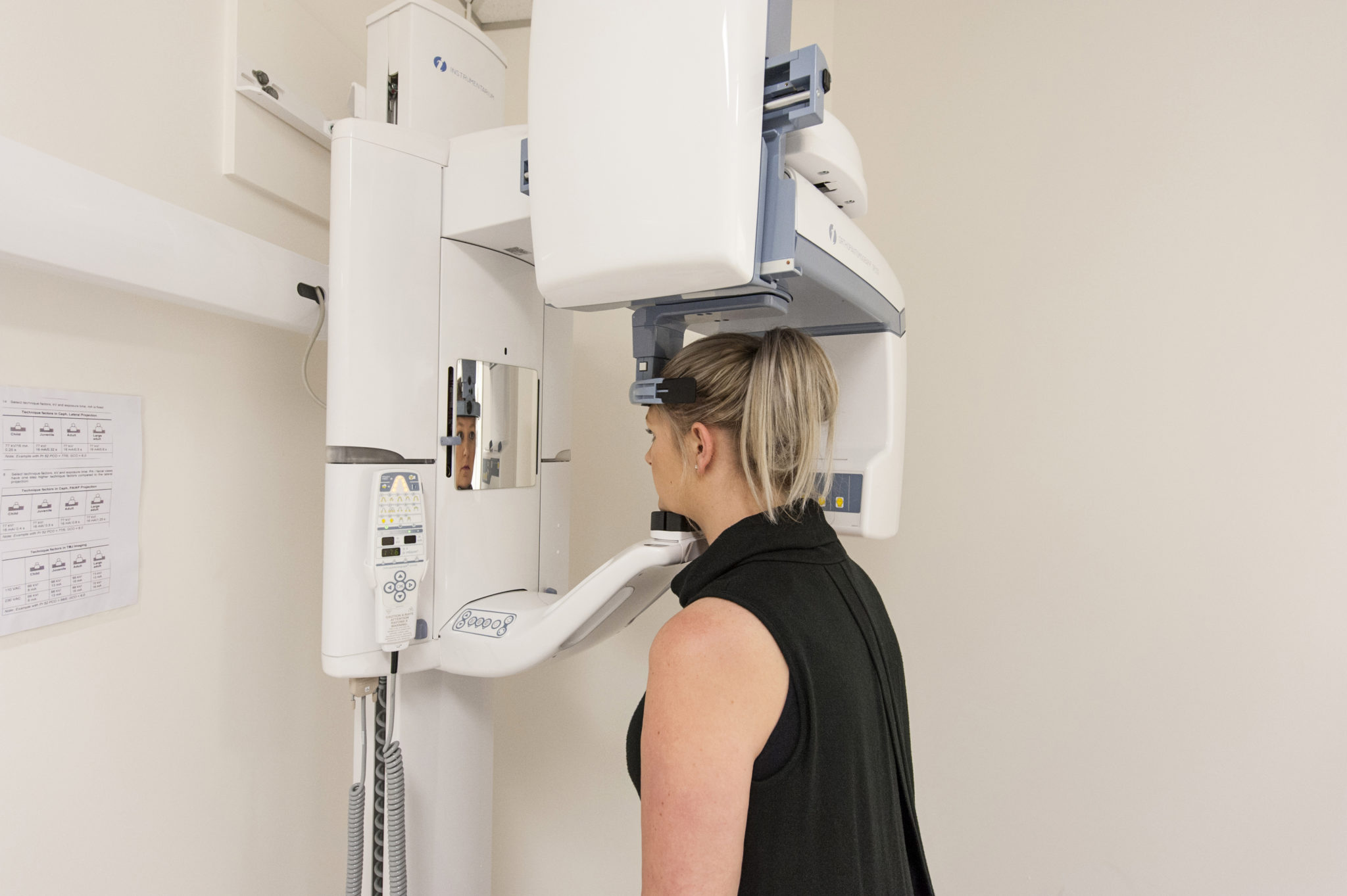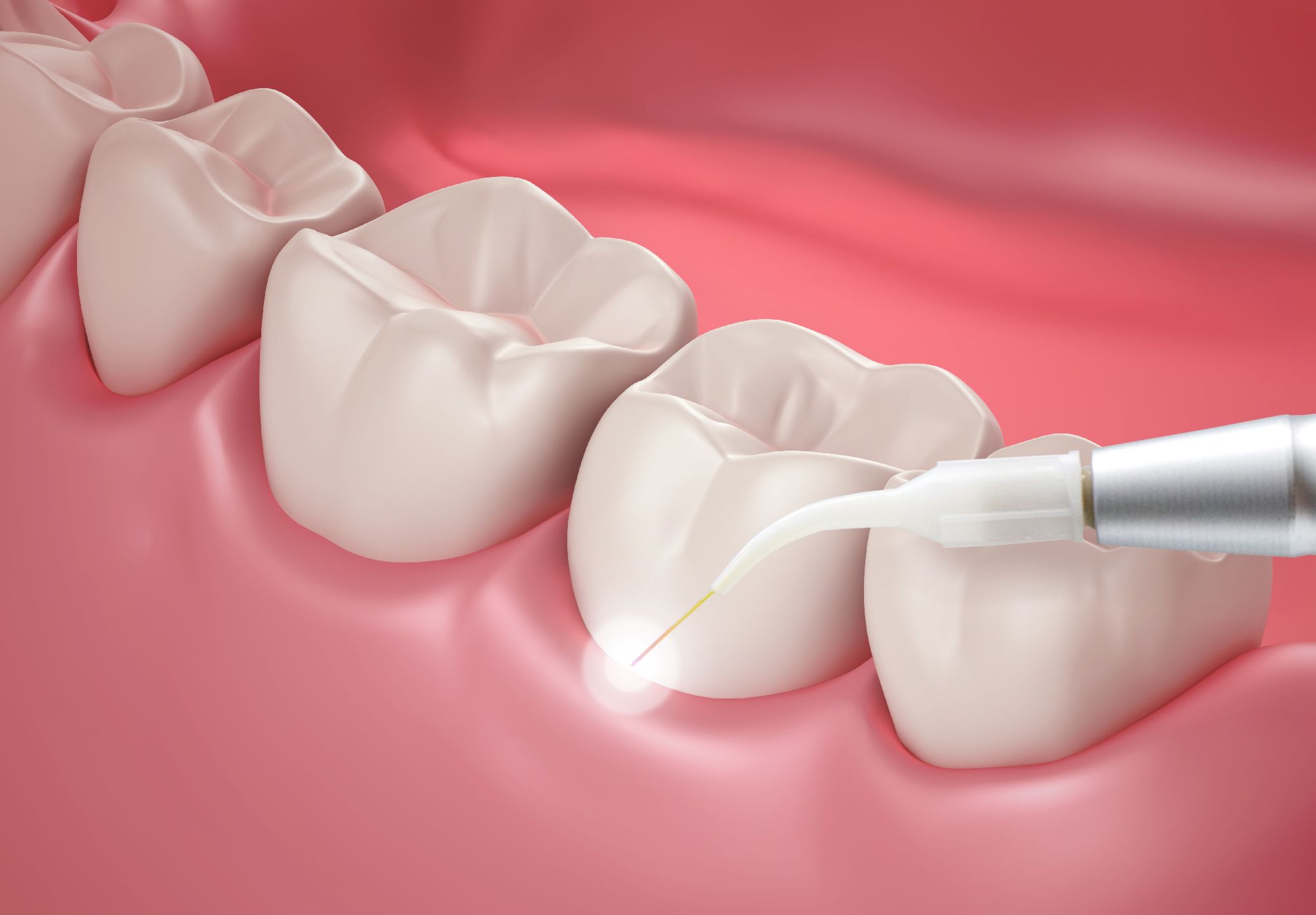General Dentistry
A general dentist is your primary care dental provider. This dentist diagnoses, treats, and manages your overall oral health care needs, including gum care, root canals, fillings, crowns, veneers, bridges, and preventive education.
General Dentistry Procedures
These procedures include: Oral Exams and Cleanings to keep your teeth and gums healthy, and catch early signs of dental disease. Crowns & Bridgework to replace lost tooth structure and/or missing teeth. Dental Implants for replacement teeth that last forever.


